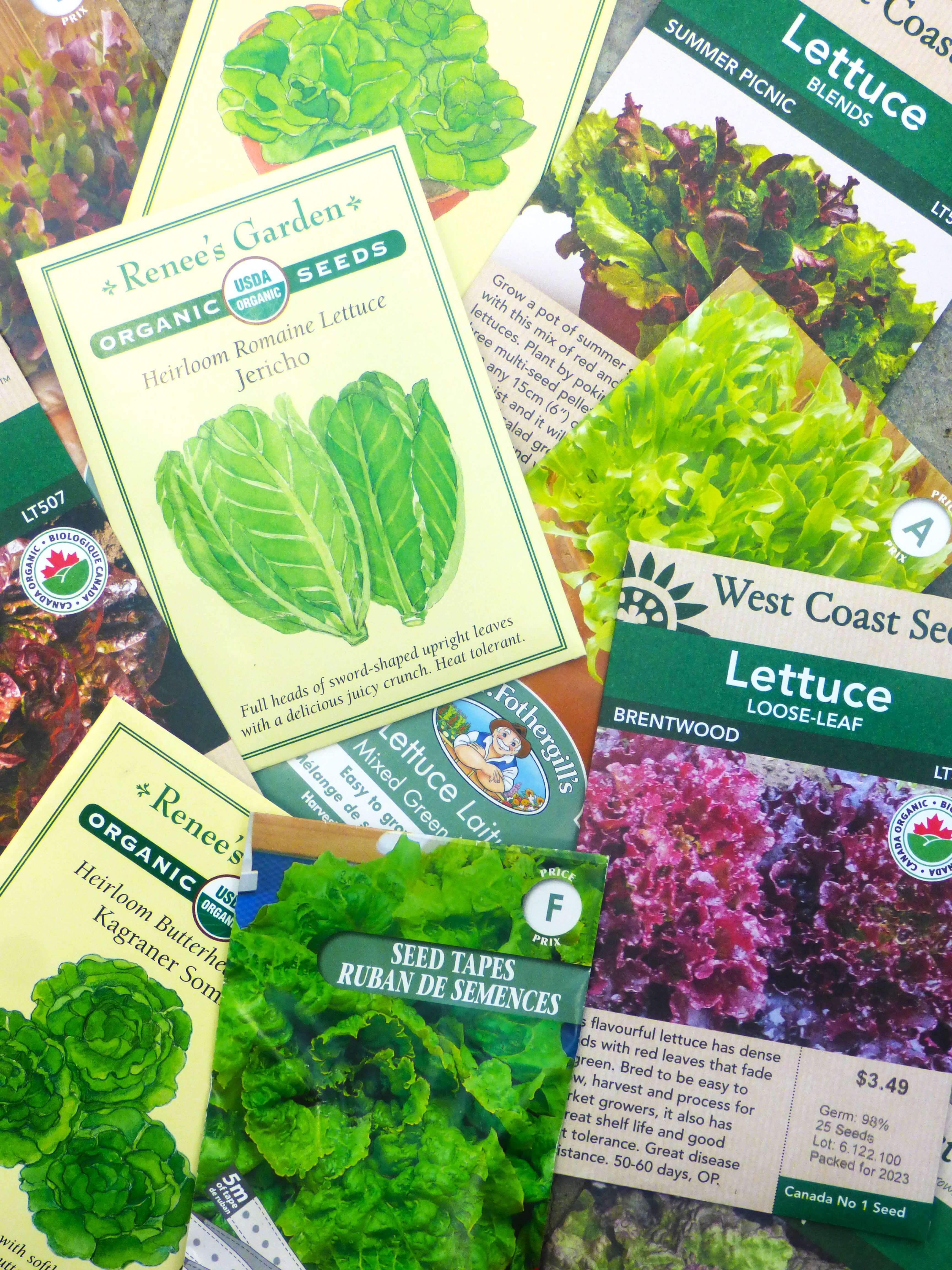It’s no secret that the cost of food has been rising steadily, but did you realize that it increased an average of 11.4% in Canada over 2022 (Statistics Canada, 2022)? Of course, that only deals with median prices and does not reflect anomalies such as the cost of romaine and iceberg lettuce recently doubling due to supply problems caused by virus infection and dry weather in California. Now that the dry weather has turned into a sudden torrent of atmospheric rivers slamming into the Salinas Valley (also known as the ‘Salad Bowl’), you can expect the cost of lettuce and other fruits and vegetables to remain high for some time.

Grow Your Own Food
One way that you can be one step ahead of those unpredictable food prices is to grow as much of your own as possible, even if you do have limited garden space. The other tactic I would adopt is to concentrate on those fruits and vegetables that are costing you the most. As far as vegetables are concerned, I found a website that rates which ones are the most lucrative to grow using a numerical 1-to-10 rating system (with 1 being the least valuable and 10 the most) based on three factors:
- Total yield per square foot,
- Average retail cost per pound, and
- Length of time to grow.
Most Valuable Crops to Grow at Home
The most valuable crop to grow at home was an obvious one, being tomatoes at a 9 rating. This was followed by green onions (8), leaf lettuce (7.4), storing onions (6.9), snow or snap peas (6.9), pole beans (6.8), spinach (6.2), mustard greens (6.2), radishes (6.1) and kale (5.6). There were others included, but in my opinion, these are some of the easiest to grow in limited garden spaces. By way of example, my wife manages to cram numerous tomatoes (family heirloom types she grows from seed), peppers (both hot and sweet), lettuce, cucumbers, Swiss chard, beets (for the greens), snow peas, and green onions in and around our tiny townhouse yard and in containers on our back patio.
Growing Fruit in Containers
We also grow a lot of fruit in containers including columnar apples (‘Golden Sentinel’ / ‘Scarlet Sentinel’), compact blueberries (‘Blueberry Glaze’), Sour Cherry (‘Romeo’), Chilean Guava (Ugni molinae), Hardy Orange (Poncirus ‘Flying Dragon’), Dwarf Nectarine (‘Golden Prolific’), Raspberries (‘Raspberry Shortcake’) and wild strawberries (Fragaria vesca) – so it is possible to have some fruit in a finite-spaces. If you have enough room to accommodate a few highbush blueberries (Vaccinium corymbosum) in your yard, these will easily pay for themselves in just a few short years. With the average retail price of blueberries in Canada for 2022 being $4.87 a pound, and the standard production for a mature bush like a ‘Duke’, ‘Bluecrop’, or ‘Chandler’ being 5-10 lbs, that’s close to $25 savings at the low end and $50 at the higher threshold, and that’s per plant. Multiply that with the average lifespan of a highbush blueberry, which is 20 years, and you will have a long time to savour those substantial savings.
Growing Herbs
And don’t forget the herbs, as both fresh and dried cost us dearly at the grocery store. We grow wasabi, rosemary, mint, Bay laurel (a golden variety that doubles as an ornamental), and our native nodding onion (Allium cernuum) at home. The latter thrives in a container and has edible flowers, greens (tastes like a garlicky chive), and bulbs, all of which require little to no care. While I will overwinter the rosemary and Bay laurel in the garage temporarily during below-freezing weather, the rest are left to fare for themselves during the extreme temperatures.
Growing Sprouts and Microgreens
Lastly, I would like to mention sprouts and microgreens, both of which are incredibly nutritious, easy to grow, and can be cultivated entirely indoors, albeit the latter requires a grow light. So, we actually do have a lot of edible options regardless of our living arrangements and at Amsterdam Garden Centre we are hoping to help you out by making our fruits and berries available online in the near future.



